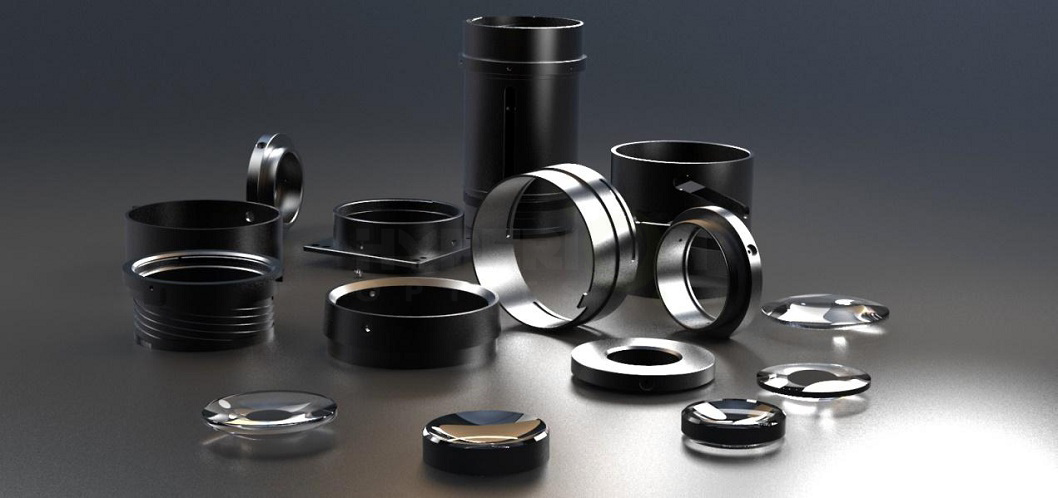
As opposed to a fixed focal length (FFL) lens, Zoom lens focal length can be varied, when maintains its focus. Changing the airspace between the lenses, the lens focal length will change; Such as CCTV lens, IR surveillance lens, photographic lens.


In zoom lens design, Optical systems with variable optical characteristics—zoom lens systems—can be divided in two groups. One group is called transfocators and the other is vario-objective lenses. A transfocator is a telescopic optical system with a variable magnification and it is often placed in front of the objective. A varioobjective lens is an optical system that images in such conditions that either the object or the image is in finite distance or the distance between the image and the object is finite. The main functions of zoom lenses are to provide a continuous change of the focal length or magnification at almost constant and sufficient imaging quality, small residual aberrations, no change in the position of pupils, etc., in the whole range of requested focal lengths or magnification. This change of optical characteristics is done by the change of position (shift) of some of the elements of the optical system. If the shift is chosen so as not to change the position of the image plane in the whole range of focal lengths or magnification, we call it a mechanical compensation of the image plane position. In such optical systems, it is necessary that at least one of the system members is moving nonlinearly.

At Hyperion Optics, we offer day and night varifocal lenses design and manufacturing which extend your application working wavelength to near infrared. Please don’t hesitate to contact our engineer for further assistance.
The zoom lens can transform the focal length in a certain range so that we can obtain the field angle of different width, the image of different sizes and the camera lens of a different range of scenery. The zoom lens can change the shooting range without changing the shooting distance, so it is very good for the composition.
Because a zoom lens can serve as a number of fixed focal lenses, it reduces the number of photographic equipment and the time to change the lens when traveling.
By moving the glass inside the lens to change the position of the focus, and change the length of the focal length of the lens, and change the angle of the lens, so as to enlarge and narrow the image.
When focusing on the zoom lens, the image is first tuned to the maximum to focus. Then the focal length is reduced to the desired focal length. In the process, the image remains clear.
The biggest feature of the zoom lens, or its greatest value, is that it achieves the function of the focal length of the lens can be transformed by the photographer's will. Different from the lens of fixed focal length, zoom lens do not rely on the quick change of the lens to achieve the shift of the focal length of lens, but by push-pull zoom or rotate the lens part of to change the lens focal length, in the zoom range, the focal length can be changed, i.e. any focal distance in the zoom range can be used for photography, which creates the conditions for the diversification of the composition.



 Call us on:
Call us on:  Email us:
Email us:  R&D Center: 9B-4F 401,No.1 Qingnian Road Liando U Valley,Yuhua International Wisdom Valley, Nanjing, 210039 China
R&D Center: 9B-4F 401,No.1 Qingnian Road Liando U Valley,Yuhua International Wisdom Valley, Nanjing, 210039 China









 English
English  cn
cn  de
de  es
es  fr
fr 


